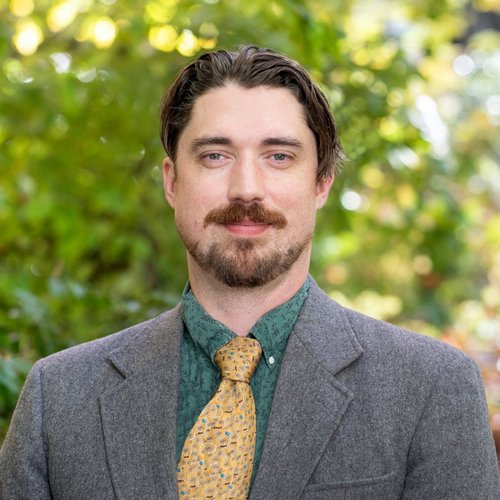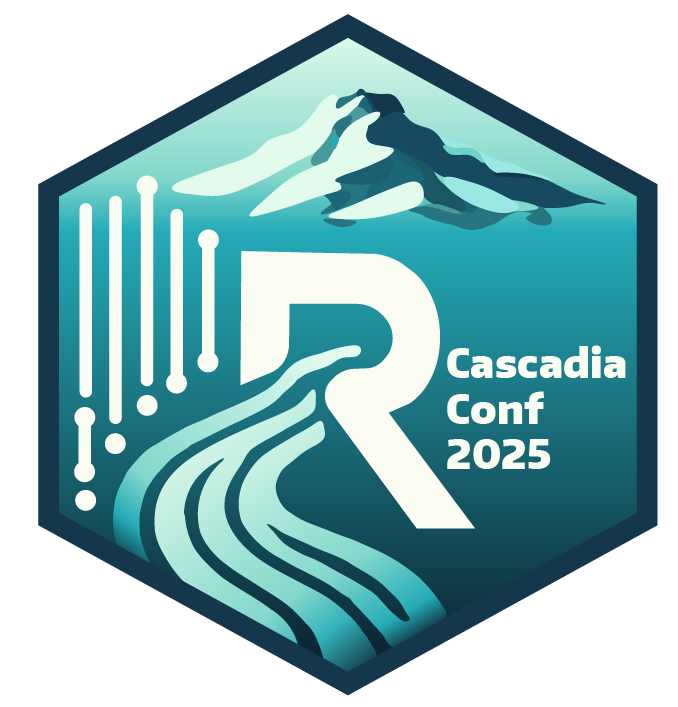Transit Access Analysis in R
Transit agencies across the country are facing a fiscal cliff that threatens their ability to provide vital services to cities and communities. Understanding the crucial role of these networks in creating livable cities is now more important than ever. This presentation offers an intermediate-level overview of R packages and workflows for analyzing public transit networks and assessing their connectivity to amenities such as jobs, schools, parks, and stores. It showcases how to report results and outlines the necessary data inputs for this analysis. Packages like {tidytransit} enable users to access transit schedule data in the General Transit Feed Specification (GTFS) format, allowing them to map stops, routes, and calculate service frequency. Going deeper, packages like {r5r} combine GTFS files with OpenStreetMap street network data to model origin-destination trips based on factors like time of day, walking speed, and transfer preferences. This presentation demonstrates that these packages, alongside other essential {tidyverse} tools, empower R users with powerful resources to delve into the realm of transit planning and modern urban analytics.
 |
Pronouns: he/himPortland, OR, USAJustin Sherrill is a Technical Manager with regional planning & economics consulting firm ECONorthwest. His work focuses primarily on demographics, transport systems analysis, the socioeconomics of land use policies, and effective data visualization.Prior to joining ECONorthwest, Justin worked at the Population Research Center at Portland State University, helping vet early results from the 2020 Census, and at King County Metro, where he supported the agency's Strategy & Performance team in tracking operational efficiency, prioritizing transit-related capital projects, and building interactive dashboards. Outside of his work at ECONorthwest, you can find published examples of Justin's maps and data visualizations in Proceedings of the National Academy of Sciences, and in “Upper Left Cities: A Cultural Atlas of San Francisco, Portland, and Seattle”. |
